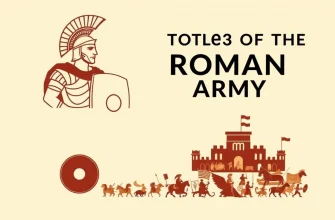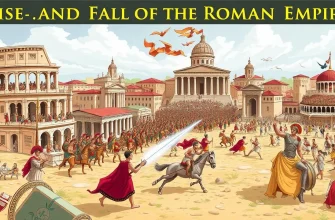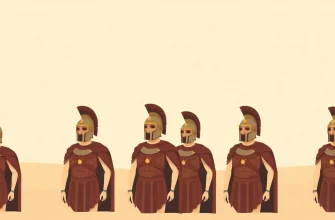The Roman Senate, a cornerstone of ancient governance, has inspired countless films that delve into its political machinations, power struggles, and historical significance. This curated list of the top 10 historical films about the Roman Senate offers viewers a chance to immerse themselves in the drama, intrigue, and grandeur of Rome's political heart. Each film provides a unique perspective on the Senate's role in shaping history, making this collection a must-watch for history buffs, cinephiles, and anyone fascinated by the complexities of power and politics in ancient Rome.

Quo Vadis (1951)
Description: Set during Nero's reign, this film showcases the Senate's impotence in the face of a tyrannical emperor, highlighting the political dynamics of the time.
Fact: The film was nominated for eight Academy Awards and features one of the largest sets ever built for a film at the time.
 Watch Now
Watch Now 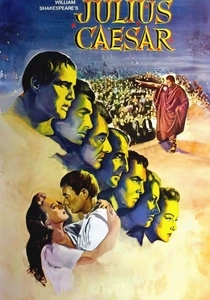
Julius Caesar (1953)
Description: This adaptation of Shakespeare's play focuses on the political intrigue and betrayal within the Roman Senate, culminating in the assassination of Julius Caesar.
Fact: Marlon Brando's performance as Mark Antony was critically acclaimed, and the film was nominated for five Academy Awards.
 Watch Now
Watch Now 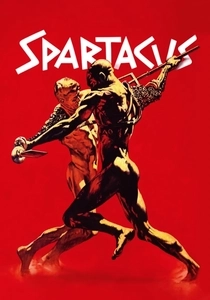
Spartacus (1960)
Description: This epic tale of a slave revolt led by Spartacus offers a glimpse into the Senate's reaction to threats against Rome's stability. The film showcases the Senate's internal politics and the lengths they go to maintain control.
Fact: The film was one of the first to be released in a widescreen format, and its famous "I am Spartacus" scene has become an iconic moment in cinema.
 Watch Now
Watch Now 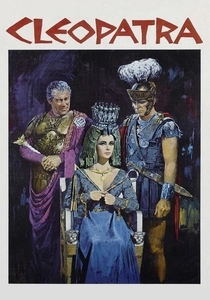
Cleopatra (1963)
Description: While primarily a love story, the film also portrays the political machinations of the Roman Senate, especially in its dealings with Cleopatra and the power struggles following Caesar's death.
Fact: It was one of the most expensive films ever made at the time, with its budget ballooning to over $44 million.
 Watch Now
Watch Now 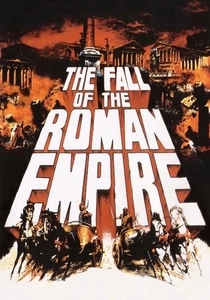
The Fall of the Roman Empire (1964)
Description: This film explores the decline of Rome, with a significant focus on the Senate's role in the empire's governance and eventual downfall.
Fact: The film's sets were so vast that they were later used for other films like "Cleopatra" and "Ben-Hur."
 Watch Now
Watch Now 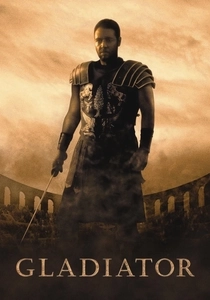
Gladiator (2000)
Description: Although centered on Maximus, the film provides a backdrop of the Senate's corruption and the political intrigue that led to Commodus's rise to power.
Fact: The film won five Academy Awards, including Best Picture, and its depiction of the Colosseum was digitally recreated for authenticity.
 Watch Now
Watch Now 
Centurion (2010)
Description: This film, while focusing on a military unit, touches on the Senate's decisions regarding the expansion and defense of the Roman Empire.
Fact: The film was inspired by the real-life disappearance of the Ninth Legion in Britain.
 Watch Now
Watch Now 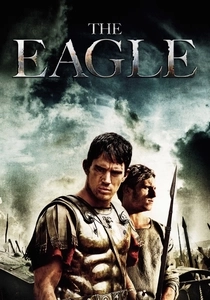
The Eagle (2011)
Description: While not directly about the Senate, the film deals with the aftermath of Roman military campaigns, reflecting on the Senate's decisions and their impact on the empire's borders.
Fact: The film is based on the novel "The Eagle of the Ninth" by Rosemary Sutcliff, which explores themes of duty and honor in the Roman military.
 Watch Now
Watch Now 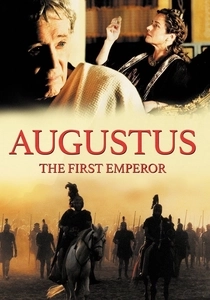
Rome (2003)
Description: This TV movie focuses on Augustus's rise to power and his transformation of the Roman Republic into the Roman Empire, highlighting the Senate's role in this pivotal transition.
Fact: The film was shot in Italy, providing an authentic backdrop to the story.
 Watch Now
Watch Now 

